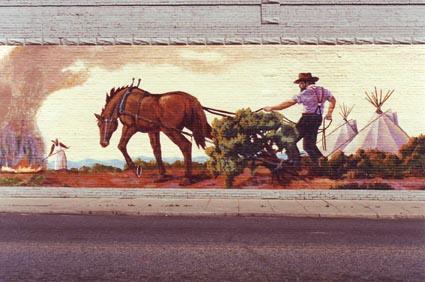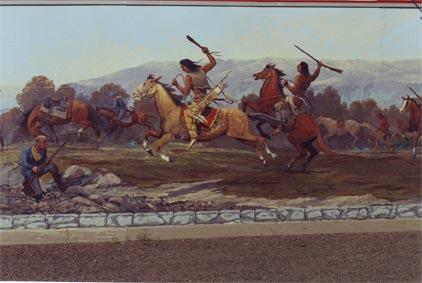One of the great thrills for me as a historian is finding old pictures, books, or documents and looking through them. This provides a tangible link to the past that an article or history text book cannot provide. Last semester when I started my grad program at Boise State I had the opportunity to meet Erin Passehl, an archivist and librarian at the school’s library. Erin did a presentation in my History 500 class last fall that gave a great introduction to her job and the resources that are available for historians on campus. Erin brought out several old manuscripts that are housed at Boise State during her presentation and this piqued my interest in her career.
Archivists and historians have a longstanding relationship where archivists find, preserve, and make available material that historians use for research. But archivists also serve many other fields. Journalist, genealogists, medical researchers, and lawyers are a few other fields that also depend on historical documents organized and maintained by an archivist. Erin mentioned that when ESPN Game Day game to Boise last Fall they used Boise State’s archives to find past game footage for their show. Erin oversees the digital collections at Boise State where she scans material that will go online, writes descriptions for online collections, and designs web pages. She also gets the opportunity to assist students and community members with their requests and is a liaison with the History Department where she consults with them in developing collections and instructing students.
Most archival positions require and undergraduate degree (in almost any field) and then a graduate degree in history or library science with some practical training in archival coursework. Erin earned a B.A. in history and political science and then an M.S. in information where she concentrated on archival and records management. Volunteering and researching at a variety of archives gave Erin a lot of practical experience and helped her to decide if she wanted to pursue this field as her career. Because the responsibilities of an archivist vary widely, Erin recommends gaining experience in many aspects of the field, and researching online to determine your potential interests in this career path. Internships in a variety of archival environments would also prove helpful in discovering which type of job is appealing to you. The pay scale of archivists depends on they type of archive and the location; entry level archivists in big cities can plan on starting at $30 K-$40K. At a university, some archivists only hold part time positions; at Boise State Erin works full-time and is on a tenure track as an assistant professor.
One of the current issues in this field is the rise of digital technologies. As people utilize Twitter, Facebook, and other online resources archivists must determine the best way to preserve these mediums within an archive. Archivists also have to decide the best way to preserve paper manuscripts in a digital format so that they are more accessible. Erin has some flexibility in selecting which projects she would like to work on and collaborates with people within her department to plan digital projects, exhibits, collections, and curriculums. The highest priority in her job is assisting patrons who need access to the archives and making sure that the materials that are available are getting used.
If you get a chance you should take a look at the work that Erin and others in her department have done on the library website in terms of aids for history students and the digital resources they have put online.


